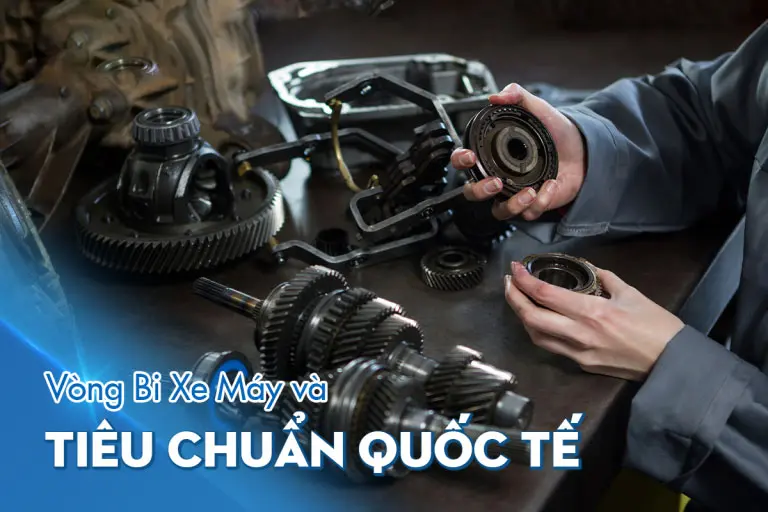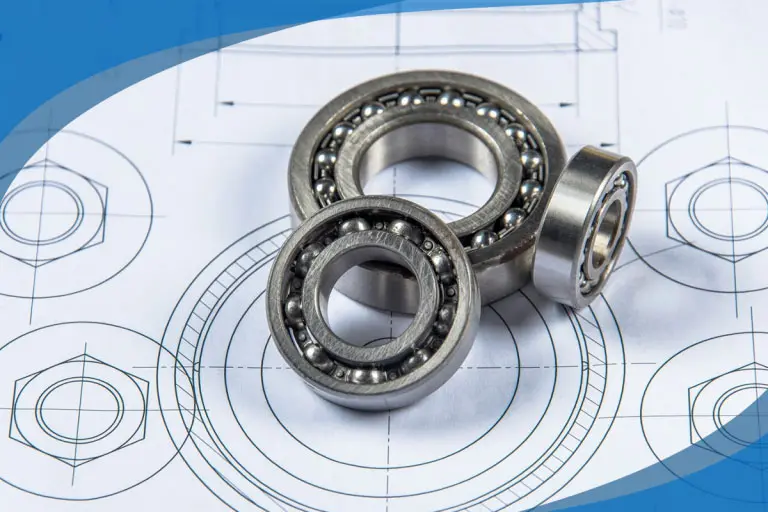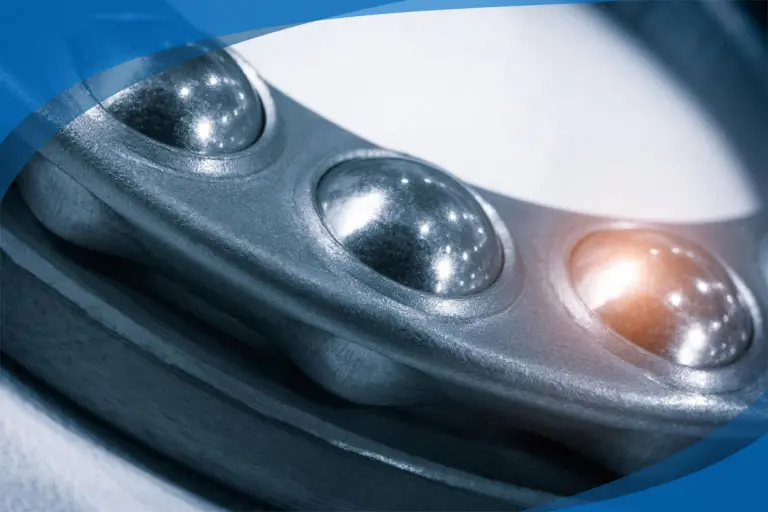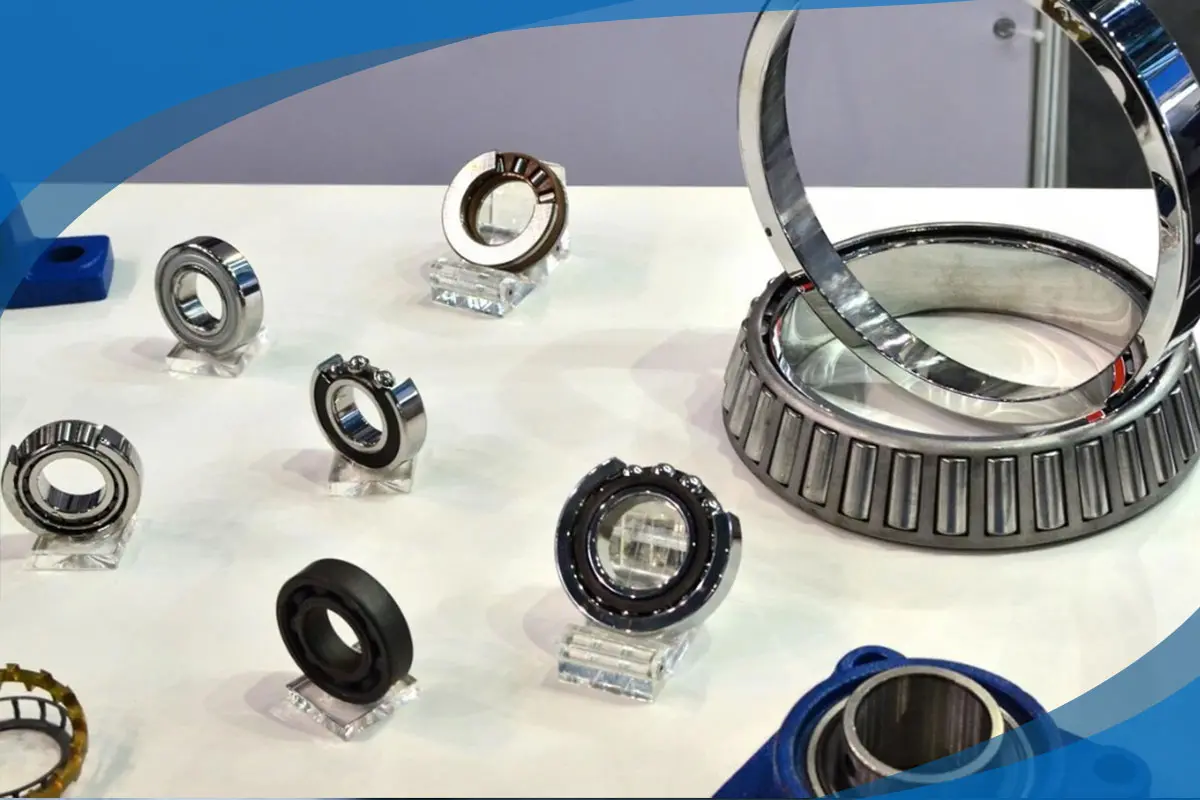International Standards for Bearings – The Decisive Factor of Quality

Bearings are one of the important components in machinery and vehicle systems, directly affecting durability, operating performance and safety. To ensure product quality, international standards have been established to control dimensions, materials, performance and testing methods. These standards not only help bearing products achieve consistent quality globally but also improve reliability during use.
1. Size – Ensures Easy Replacement

One of the most important factors in bearing standards is standardization of dimensions. This allows bearings from different manufacturers to be easily interchangeable and installed in standard machinery systems.
- Parameters such as inner diameter, outer diameter, and thickness must all comply with strict standards.
- Ensure compatibility between bearings and other mechanical components, helping the system operate smoothly.
2. Materials – The Key to Durability and Performance

The quality of bearings depends largely on the materials used to make them. International standards require bearings to be made from alloys with high hardness, good load-bearing capacity and effective corrosion resistance.
- High-grade alloy steel, usually martensite steel or stainless steel, helps bearings withstand high pressure without deformation.
- Anti-rust coating helps bearings operate durably even in humid or chemical environments.
Standard lubricants help reduce friction, increasing bearing life.
3. Performance – Load-bearing and Durability Assessment
- Performance standards assess the bearing’s ability to operate under real-world conditions. Important criteria include:
- Load-bearing capacity: Ensures that the bearing can withstand dynamic and static loads without damage.
Maximum rotational speed: The bearing must be able to operate stably at high speeds without causing excessive friction.
Long-term durability: High-quality bearings must operate smoothly for a long time without wear or deterioration.
4. Testing Methods – Ensuring Output Quality

International Standard Compliance for Bearings – Strict Testing Process
To ensure bearings meet international quality standards, they must undergo a rigorous testing process before leaving the factory. Some of the testing methods include:
-
Size Inspection: Precise measurement of all dimensions to ensure the bearings meet specifications.
-
Load Testing: Checking the durability of the bearings under high pressure.
-
Speed Testing: Assessing the bearing’s performance at high speeds over extended periods.
-
Wear Resistance Testing: Evaluating the bearing’s durability under continuous operation.
Conclusion
Adhering to international standards for bearings ensures not only quality, durability, and safety but also compatibility with various types of vehicles and machinery. For users, choosing bearings that meet these standards provides exceptional performance and helps save on repair and replacement costs over time.
VIHA VIETNAM – Quality Builds Trust!
🔹 Viha Vietnam Fanpage
🔹 Viha Factory Fanpage
☎️ Phone Number: 0942.676.655
🏠 Factory Address: Auto Industrial Park, Nguyen Khe, Dong Anh, Hanoi, Vietnam
